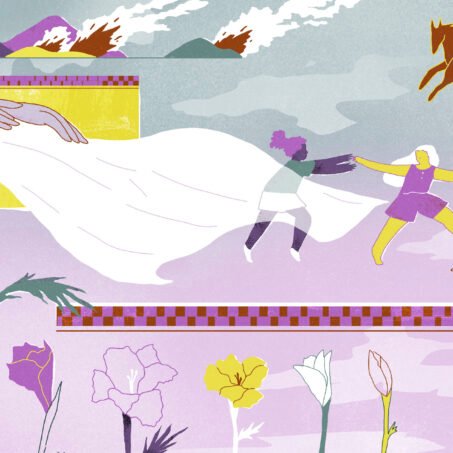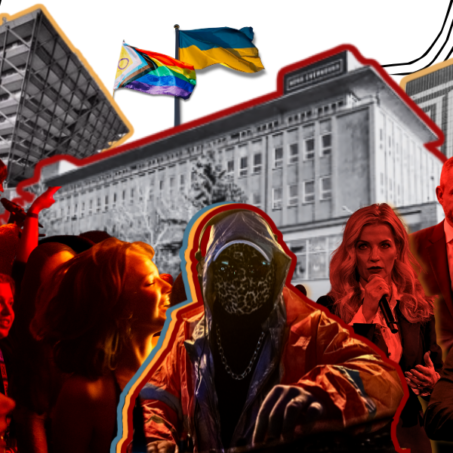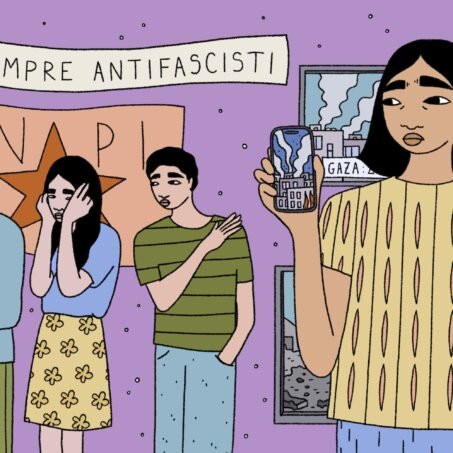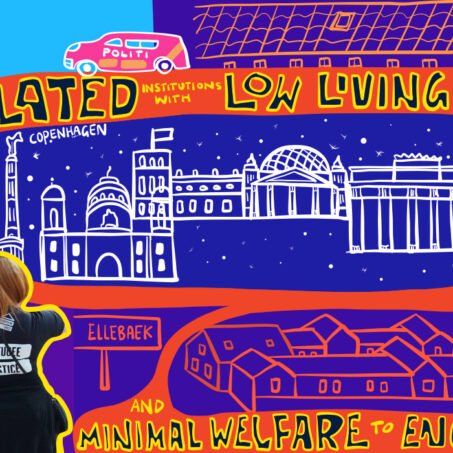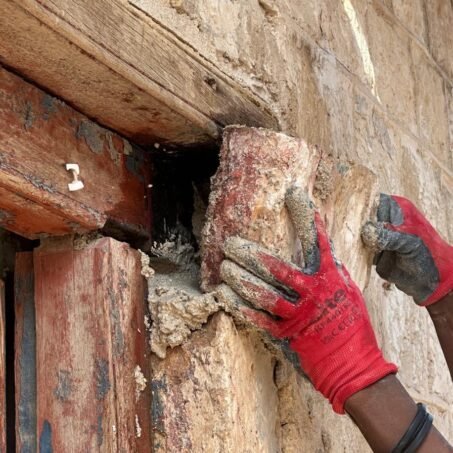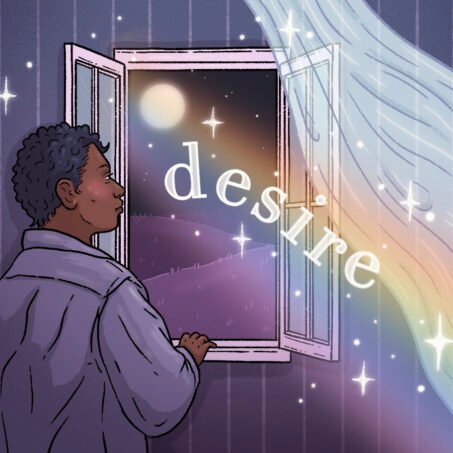A few months ago, Switzerland became the latest in an ever increasing list of European countries to vote through a ban on people wearing the burqa or niqab. In March, a proposal brought forward by the right-wing Swiss People’s Party (SVP), passed to become legislation, banning the wearing of face coverings in public, including the burqa and niqab.
The SVP’s proposal didn’t mention Islam directly, but they campaigned with slogans such as ‘stop extremism’ and their campaign materials featured threatening looking women in black niqabs, so it’s relatively safe to say Islam was definitely at the heart of this proposed ban. And when you consider their previous proposal in 2009 on the ban to build minarets in Switzerland, towers typically built into or adjacent to mosques, the picture becomes a whole lot clearer. The SVP claimed that minarets were a ‘sign of Islamisation’, and the proposed ban ended up being voted through to become law.
You’d be forgiven for thinking there were lots of minarets and burqa-wearing women in Switzerland, but there aren’t. Before the ban on the building of minarets came into force, there were four in the whole country, and it’s estimated that only around 30 women in Switzerland were wearing the burqa or niqab. So, why are these viewed as such large and pressing problems that require control through legislation? It’s likely due to the symbolism that they both represent, especially when it comes to Muslim women’s clothing and appearance. When sections of society have a problem with what they perceive as ‘Islamisation’, usually the far-right but also some liberal groups, the first thing they tend to prioritise in their arguments is how Muslim women dress.
Muslim women choosing to cover up through wearing the hijab or the full niqab, is an instant signifier of Islam to people both within and outside of the religion. And with this visibility, especially in Europe and “the West”, Muslim women have become symbols of the ‘Other’. We are viewed as people who don’t fit in with ‘Western’ or ‘modern’ values, and tend to be seen as inherently oppressed by both our religion and the men in our lives. And this is where the white saviour complex kicks in.
A white saviour complex is a common trope held by white people that people of colour, or any group who is considered ‘non-white’, are submissive and helpless.. And it’s a mentality that many mainstream, or white, feminists have often embodied in how they view and treat Muslim women, with their focus being on Muslim women needing to be ‘liberated’ and ‘saved’.
White feminism has gendered Islamophobia running right the way through, and it’s this liberation attitude that has significantly contributed to many of the hijab and burqa bans we’ve seen happening in Switzerland, and across Europe. The white feminist idea of ‘saving’ Muslim women is hinged on them viewing the hijab or niqab is an inherently oppressive structure, so they therefore view Muslim women unveiling themselves as a form of ‘liberation’. It’s why many of the people defending these bans, including French President Emmanuel Macron, turn to these ‘feminist’ arguments and claim that this legislation is to help and protect Muslim women, allowing them to live ‘free’ lives.
This white feminist lens has also been recently enacted when it comes to the current situation in Afghanistan. Most of the rhetoric around Afghanistan has been around women’s rights and what the Taliban taking over will mean for Afghan women and girls. This issue is of course completely valid, but it begs the question as to why this seems to be the only view of Afghanistan since the 2001 US invasion, and why it’s being discussed through a white feminist lens once again? Many well-known campaigns use a prototypical ‘unidentified woman in a burqa’ picture as the poster image for calling out the Taliban takeover, which is dangerous and misleading. While women’s rights are certainly something the international community should be fighting for, the burqa should not be seen as the catch-all symbol of their oppression. Currently, Afghan women are being spoken for by people in the West and effectively being told what’s best for them – white saviourism in action. These are people that will stay silent on state-sanctioned bans of the veil in Western countries, but will shout the loudest when it comes to Muslim women being mandated to wear it.
Of course, it isn’t only liberals enacting these feminist arguments when it comes to the hijab bans, but also the far-right. As mentioned before, Switzerland’s right-wing SVP has regularly used Muslim women as symbols when it comes to their Islamophobia, and argued during their campaign that they were in fact ‘saving’ Muslim women with bringing forward this ban. Tamara Funiciello, co-president of the Swiss Social Democratic Party’s women movement, said in the Financial Times that “it is a mockery that the [SVP] played itself up as the saviour of women in the referendum campaign.” She added that this was a party that “considered marital rape as not problematic, denies wage inequality and opposes, still today, any improvement of the situation of women in this country and internationally.”
Similar contexts have happened in the UK’s political spectrum too. The English Defence League (EDL), a far-right Islamophobic group once led by Tommy Robinson, is the perfect example of using Muslim women to further their own extremely violent and racist agenda against Muslims. The EDL were famously anti-feminist, misogynistic, and just generally opposed to women’s rights, up until they realised they could use the feminist narrative around Muslim women to drive home their hatred of Islam. And that’s exactly what they’ve done. They rush to condemn crimes against women committed by Muslim men, whilst still holding misogynistic views about women. A key example of this being the media coverage surrounding the Rochdale and Rotherham grooming gang cases, with the EDL contributing to the creation of the myth of ‘Muslim grooming gangs’.
White feminists may usually find far-right movements on the opposing side of the political and social spectrum, but when it comes to Muslim women, both sit in a dangerously similar sphere of thinking. And in the European context, this is the thinking that has now filtered all the way to the top and translated into sweeping legislation that surveils and controls the bodies of Muslim women, whilst also normalising and justifying violence and discrimination against Muslims. We cannot talk about Islamophobia without talking about the gendered impact it has on Muslim communities. And we cannot talk about gendered Islamophobia without talking about the very real danger that white feminists pose to Muslim women.



